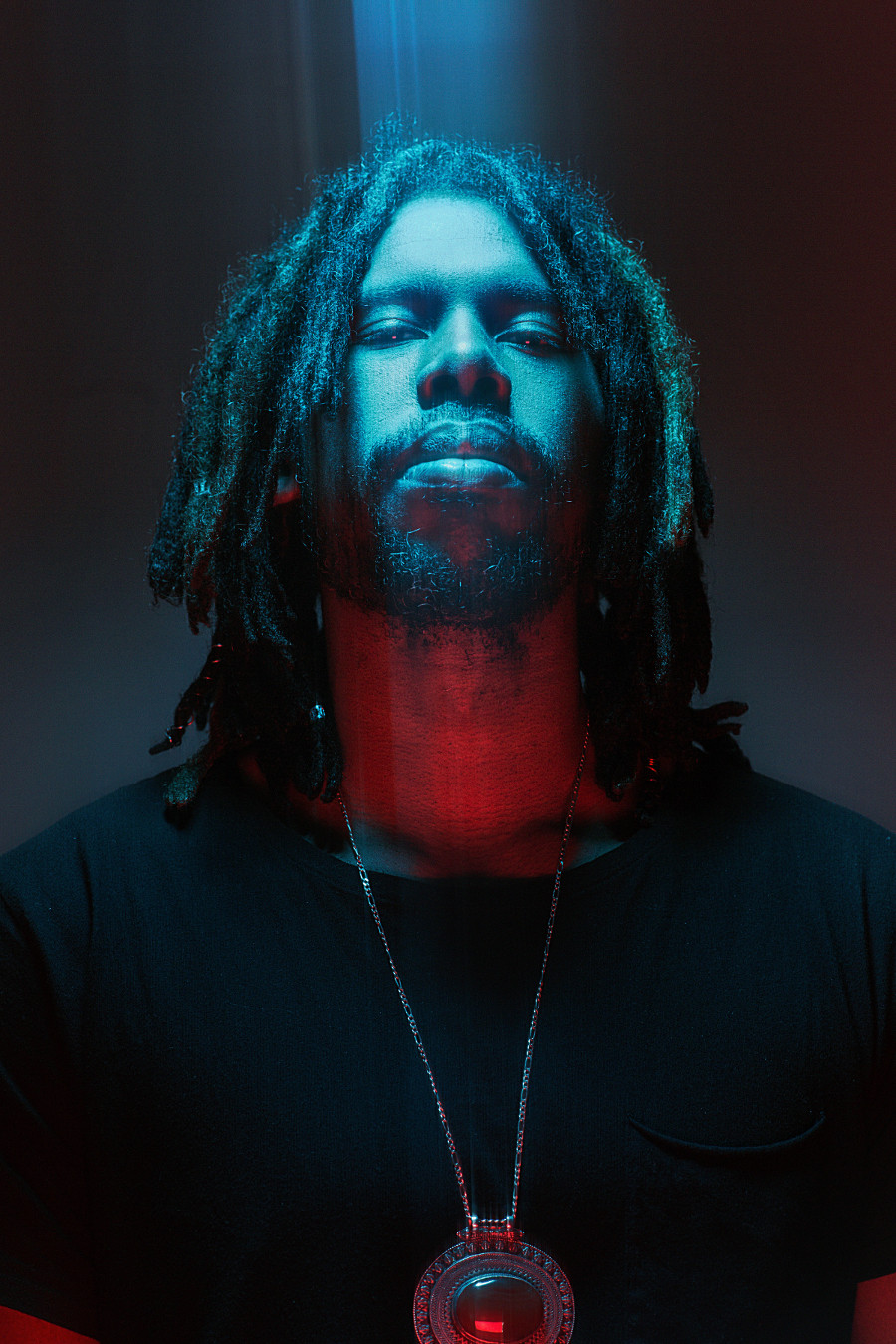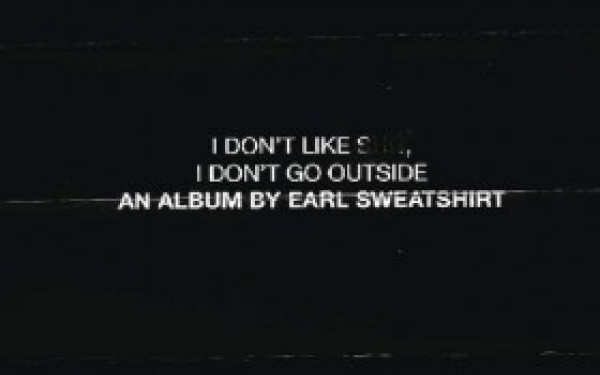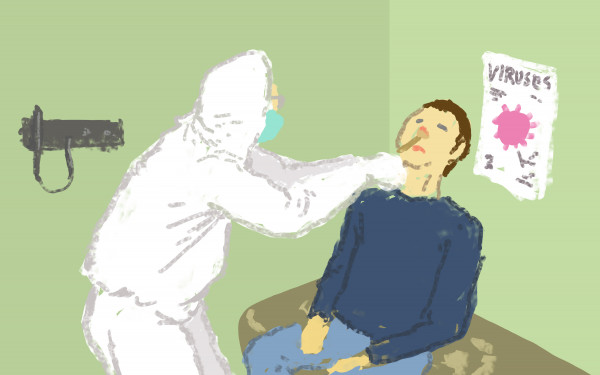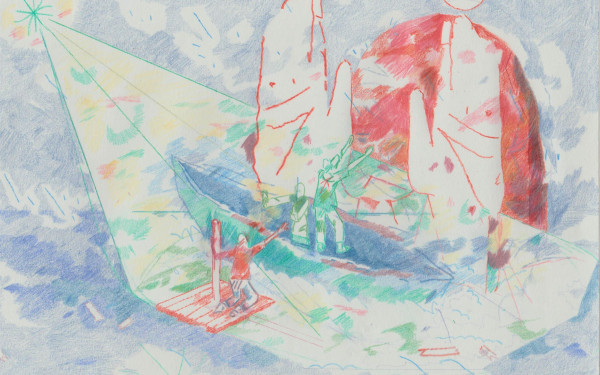Flying Lotus Wows You, Then Kicks You in the Chest
Producer and Lo-fi Pioneer “Burns Down” Corona Theatre With 3D Imagery
You may not know his name, but you would be hard pressed to find a corner of hip hop that Flying Lotus hasn’t had a hand in influencing.
He’s pioneered some of the greatest sounds in lo-fi hip hop, and was one of the sonic architects of Kendrick Lamar’s To Pimp A Butterfly, the greatest hip-hop record of the millenium in my opinion. All that without taking into account his own discography.
While often underrated as an out of tune and simple genre, where not a lot is going on musically, lo-fi is a conscious artistic choice with its own sound and aesthetic. In late May, Flying Lotus released Flamagra, his sixth full length project.
Given that I found it to be one of the most conceptually tight and sonically rich albums of the year, I could not pass up the chance to witness the fabled 3D show that he had put together.
For starters, all three opening acts wowed in their own way. First off was techno producer PBDY. Rambunctious and in your face, he also served as an in-betweener who would keep the crowd entertained as other opening acts were setting or as we were all waiting for Flying Lotus to take the stage.
Following up was Salami Rose Joe Louis, whose lo-fi pop aesthetic was a drastic shift from PBDY. Warm and cool colours flooded the stage, and waves of light smashed into each other. While not occupying much room on the stage, she commanded the attention of the entire crowd and brought them on a trip into an anti-corporation world hell-bent on saving the glaciers.
“We’re all jazz musicians at heart.”
That’s how Brandon Coleman Spacetalker, the third and final opening act, introduced the last song of his set, a tribute to jazz legend Herbie Hancock. Spacetalker was superb, in every sense. Backed by horns and drums, he showed a mastery of all things keys.
Whether it be the keytar, synthesizer, or a good ole’ fashioned keyboard, everything about his set was astounding and left you wanting more. Everything from his solos, to his interactions with drummer Techdizzle as they played off of each other was nothing more than art at its purest.
Before he took the stage, Flying Lotus played a montage in honour of his friend and collaborator Ras G, a West Coast producer who passed away in late July. The prolific beatmaker was diagnosed with pneumonia, diabetes, hypothyroidism, and heart failure in December 2018.
It was time for the main event.
With an empty stage, the skit that plays in the music video for “Fire Is Coming” took over and set the tone for the rest of the show.
From a visual standpoint, Flying Lotus has never lacked. Everything from album artwork to the visuals accompanying individual songs has always been done with a captivating and engaging aesthetic. This show was no different.
The very concept of a 3D concert is not a new one, but the layout of the stage made it so that the lightshow was the main focus. With very little lighting on the man behind the music, you were able to fully take in the psychedelic visuals that seemed to bleed into each other.
Given that I found it to be one of the most conceptually tight and sonically rich albums of the year, I could not pass up the chance to witness the fabled 3D show that he had put together.
Making you feel both claustrophobic and weightless at the same time, Flying Lotus manipulated the screen behind him and the 3D effect to perpetuate and amplify the different sentiment of every song.
Given that Flamagra is probably one of my favourite albums of the year, I was hoping for some of the contributors to Flying Lotus’ project to make surprise appearances as they had at other stops on the tour.
While sadly that was not the case, highlights of the album include his collaboration with funk icon George Clinton in “Burning Down the House,” and “9 Carrots” with Toro y Moi—my favourite song on the record did not fail to make the crowd go wild.
There was also a previously unreleased version of “More,” his duet with Anderson .Paak that had a guest verse from friend and frequent collaborator Mac Miller.
In between songs, a cacophonous mix of lo-fi interludes and psychedelic bits of improvisation were weaved together seamlessly. All of this coupled with visuals that make you feel high, right before a bass kick or a couple of chords from a keyboard cave in your chest and draw you into another dimension altogether.
What Flying Lotus did on Aug. 26 is something most producers and semi-instrumental projects fail to do: creating an engaging and empathic visual experience for the music you release.


_600_832_s.png)



